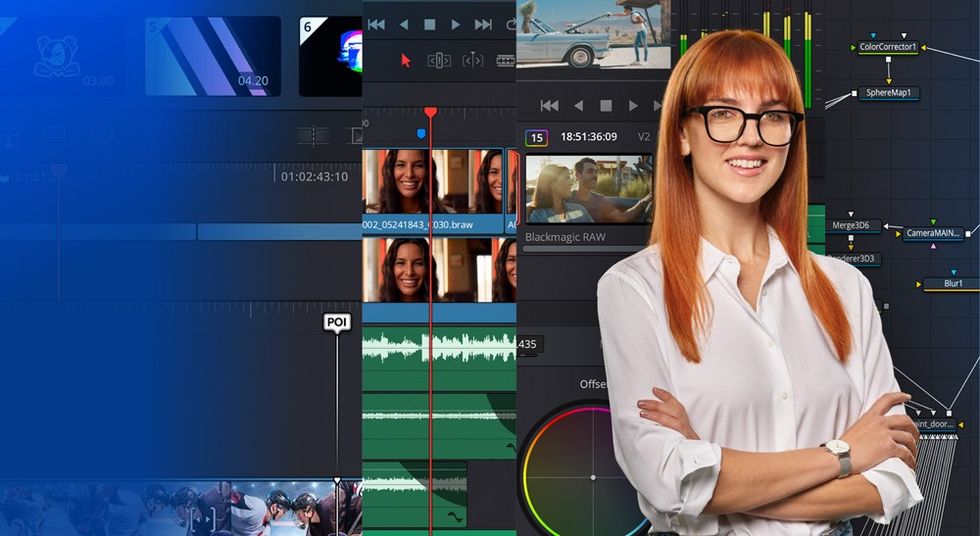Google & YouTube Reveal Best Streaming Video in the U.S. Ranked by ISP

Streaming video is a sort of bellwether for the health of your internet connection; after all, it uses arguably the most day-to-day horsepower of the information super parkway, and has become, in the past few years, ubiquitous. Streaming capabilities have become an accurate measure of the efficacy of any ISP, but finding out how each stacked up was a challenge. Last year, Google rolled out its inaugural Video Quality Report, which looked at streaming speeds in Canada. Now, as of today, it's the U.S.'s turn, and the results are interesting, to say the least. After the jump, see where your ISP stacks up.
Ten years ago, streaming video was, compared to today, as rare as a reasonable comment on YouTube. But the aforementioned site changed that with its launch, which brought reliable (and at the time, miraculous) streaming flash video to virtually every home. It would follow, then, that since almost everyone can watch YouTube videos, any ISP worth its salt had better have excellent streaming speeds.
Considering that the majority of the population of the continental U.S. now has access to a "fast" internet/wi-fi connection, and considering the fierce competition among ISPs, it would follow that all service should be equal. This is obviously not the case, though, since some subscribers find themselves in a sort of buffering purgatory, forever waiting for Mad Men to load, while others work their way through season two of House of Cards so fast they barely see Kevin Spacey smirk. And despite the ubiquity of Netflix and cable streaming, it is still YouTube, the standard-bearer of streaming (and Google product), that provides the metric by which all others shall be judged. If your internet has been bringing you down, then this report might have the answers you're looking for. According to The Verge:
"Making sure you can watch YouTube in HD from anywhere, anytime is a shared effort among us, your Internet service provider and even you," [Google] says. On that last point, Google is offering consumers a number of tips to help boost YouTube performance. That's assuming of course that your chosen ISP and YouTube are on good, cooperative terms. But we're in a different world now. And as Netflix has shown (more than once), ensuring smooth streaming sometimes means pulling out the checkbook.
So things are not quite as black and white as they would appear, yet, this is the most thorough study of the subject thus far, and the data is instructive, however many grains of salt it must be taken with. These are the results for Verizon DSL in New York City:
By clicking on the link, customers can see localized results, and Google includes a friendly "how your sausage is made" graphic slideshow about how YouTube gets to you (surprisingly, not through a tube). The takeaway, though, according to YouTube, is roughly that because they are so rich and widespread and have servers encircling the earth, almost any connection you get (in the U.S., at least) will be, essentially, a local one, traveling the shortest distance possible to reach you. Therefore, any lag in said connection is a direct result of your ISP. In their own words: "Your ISP -- must ensure there’s enough capacity where they receive the data from YouTube. Otherwise, your video streaming quality will suffer."
And since these days, so many indie filmmakers rely on sites like YouTube, Vimeo, Amazon, Netflix, as well as boutique distribution outlets like Fandor, to distribute their work, this is also a matter of concern for filmmaker's bottom lines. After all, if your film is glitchy and buffering, people are more apt to turn it off than if it is running on an ISP rated the highest standard, or HD Verified, which according to Google is 720p, which is a tad low (Standard Definition is 360). Anything less than that, and you're almost guaranteed to have a frustrating experience on YouTube, and by extension, the internet. (n.b.: the details of Google's methodology can be perused at your leisure, here.)
If a custom profile of your area is available, you'll get a picture of your neighborhood through its YouTube consumption, and it turns out, shockingly, that much of this consumption is going on during the day, and specifically weekdays during daylight hours, ascending a steep cliff from 3pm to 5pm. Which is odd, because that's when most people are supposed to be at work. There is no satisfactory explanation for this phenomena, but be sure a team of Google scientists is on it.
Links:



















